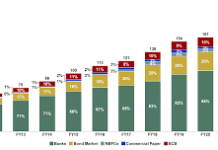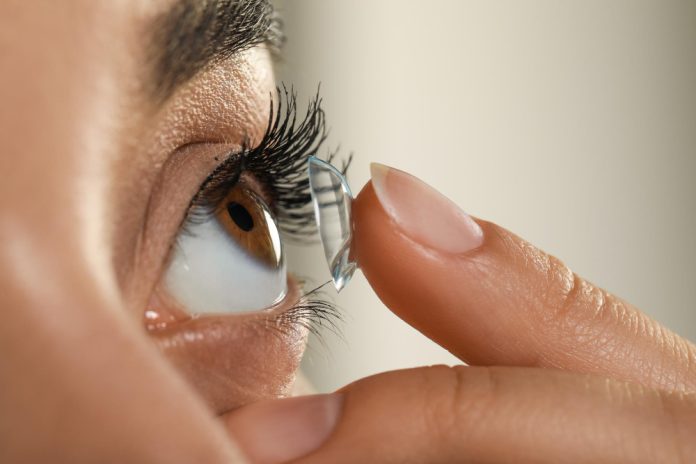As smart wearable devices continue to evolve, smart contact lenses are emerging as a game-changing innovation in the healthcare and electronics space. However, with rising interest comes a growing concern: electromagnetic radiation (EMR) exposure to the eyes.
Addressing this safety gap, researchers at Waseda University have developed advanced MXene-coated contact lenses that provide superior protection against EMR while maintaining excellent hydration, transparency, and comfort.
Tackling EMR Risks in Smart Wearables
With the growing use of Internet of Things (IoT) devices and wireless communication, prolonged exposure to EMR has become an unavoidable risk. Studies have linked such exposure to ocular disorders like cataracts and tissue damage. Traditional EMR shielding materials lack biocompatibility or clarity, making them unsuitable for applications involving direct eye contact.
This is where MXenes—a new class of 2D materials composed of transition metal carbides or nitrides—stand out. They offer excellent EMR shielding properties but are prone to oxidation and poor adhesion, which limits their use in real-world applications.
Waseda University’s Breakthrough Innovation
A research team led by Professor Takeo Miyake at Waseda University’s Graduate School of Information Production and Systems has developed stable MXene-coated soft contact lenses with remarkable performance.
By using a wet-transfer fabrication method, they addressed the adhesion and oxidation issues traditionally faced by MXene materials. This simple, scalable approach ensures robust bonding and preserves the lens’s biocompatibility.
The study, published in Small Science on June 4, 2025, was a collaboration between Waseda University, Kyoto University, and Yamaguchi University Hospital. Experts in nanomaterials, medical technology, and ophthalmology worked together to develop a safer, smarter wearable solution.
High Performance Meets High Safety
The fabricated smart lenses demonstrated:
- Over 80% light transmission, ensuring clear vision
- High electrical conductivity suitable for smart functionalities
- Protection against dehydration, enhancing wearer comfort
- Biocompatibility with over 90% cell viability, ensuring eye safety
Additionally, the lenses achieved up to 93% electromagnetic shielding efficiency, one of the highest reported among biocompatible materials of similar thickness.
Testing and Real-World Potential
To verify EMR protection, the lenses were tested on porcine eyes exposed to high-frequency microwave radiation. Results showed that MXene absorbed and dissipated the radiation as heat, significantly reducing direct thermal exposure to the eyes. This proves that these smart lenses can effectively shield against harmful EMR, even in extreme conditions.
Professor Miyake emphasized the broader impact of this innovation:
The research presents a stable, scalable method for coating MXene nanosheets without oxidation, paving the way for functional and safe commercial smart wearables.
A Glimpse Into the Future of Smart Eyewear
This wearable technology breakthrough could transform the future of smart lenses, making them safer for applications in bioelectronics, medical implants, and augmented reality. As concerns about long-term EMR exposure grow, innovations like these will be crucial in ensuring public health and usability without compromising performance.
With its unmatched combination of clarity, comfort, and protection, Waseda University’s smart contact lens project marks a significant step toward the next generation of safe and effective wearable tech.











